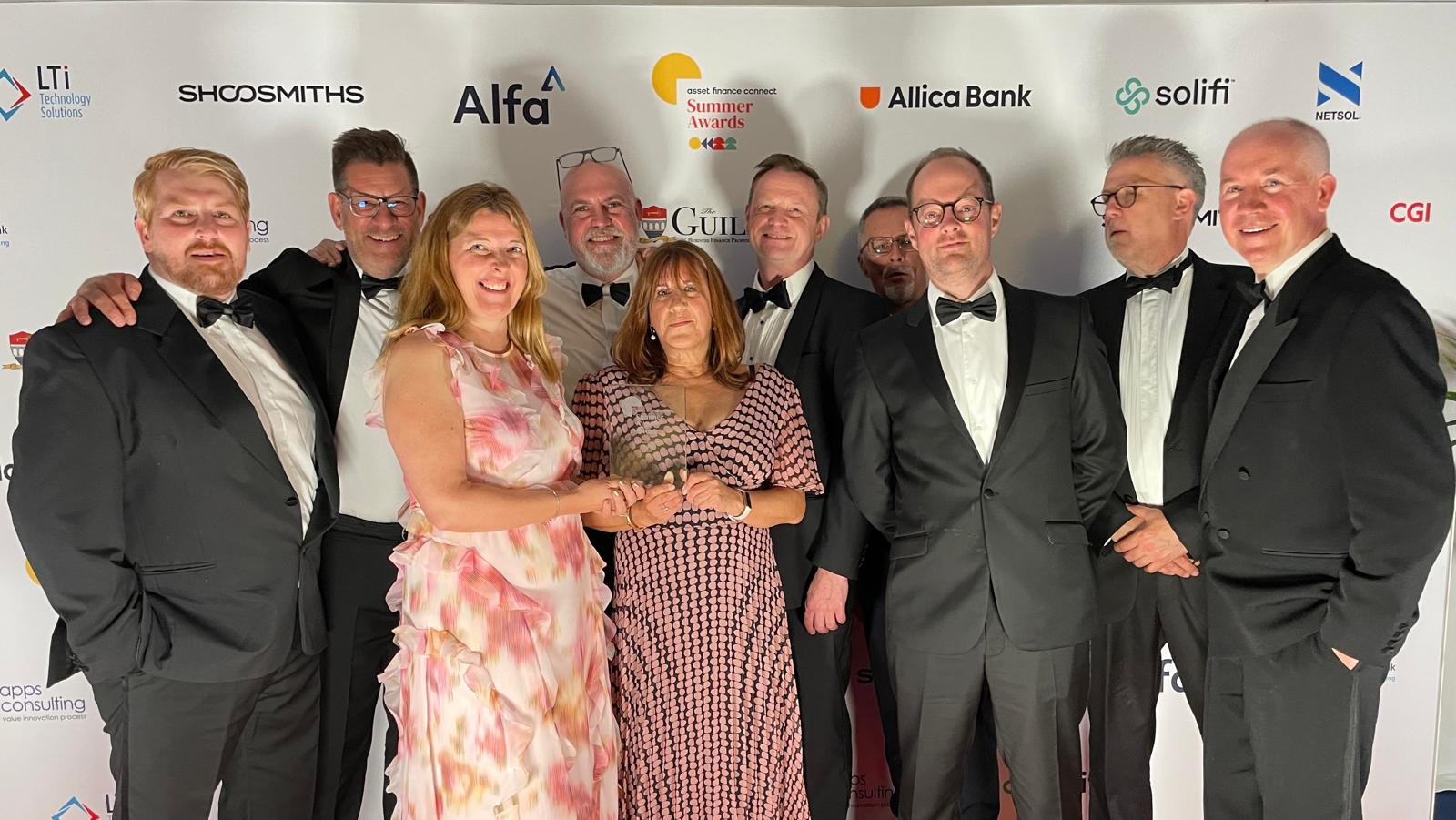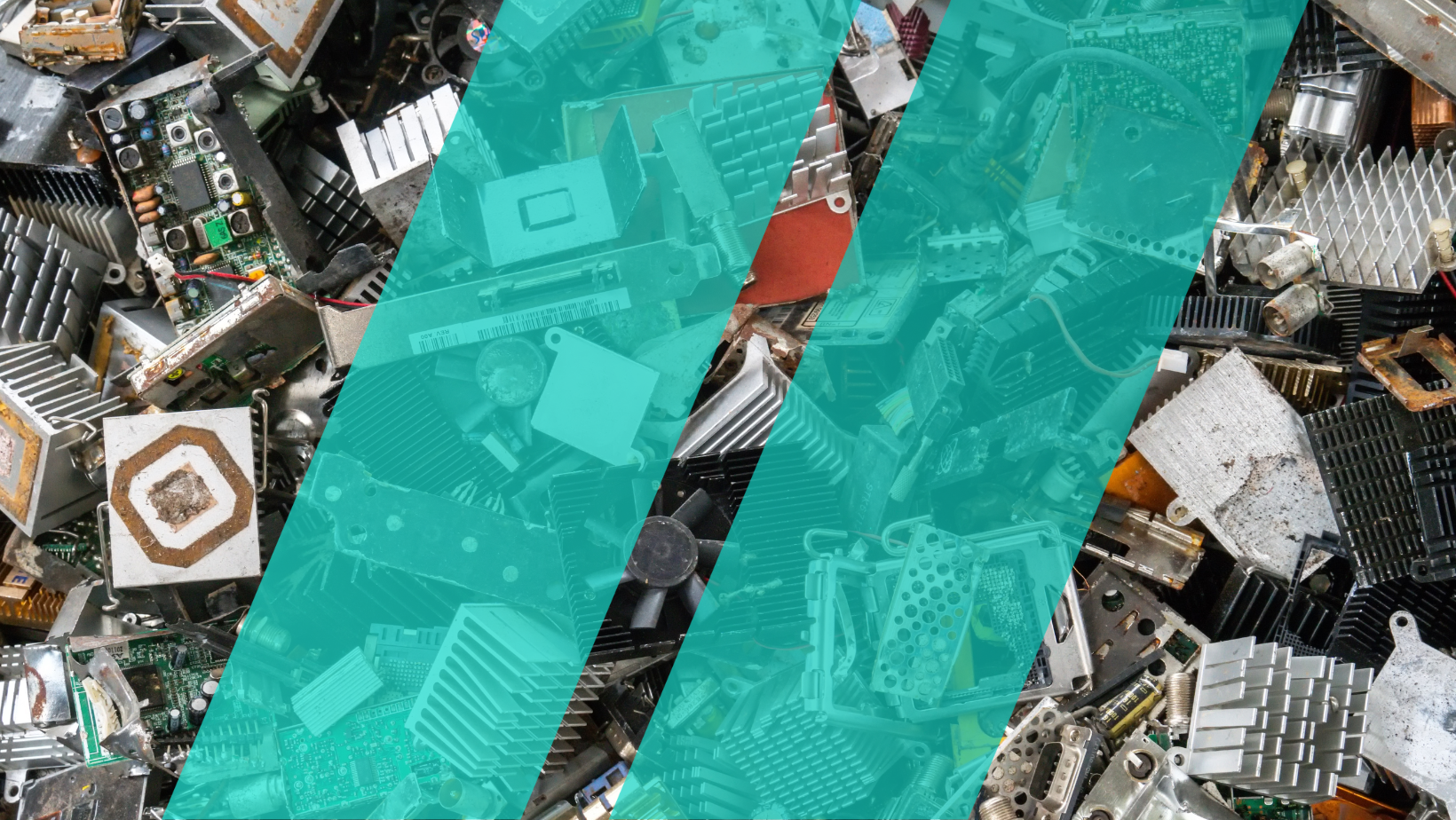New business models boost productivity and generate recurring revenues
Industrial equipment, like an earth-moving machine or a manufacturing robot, is no longer simply about big-muscle strength or mechanical prowess. With software-driven sensors embedded in them, these machines now operate at the intelligent edge, making them part of the digital information flow.
The intelligence that these machines can gather, process or react to generates insights and actions that help with performance management, remote control, predictive maintenance and many other uses. A series of robots cooperating on a factory floor can communicate about their capacity with the control tower, so that the workloads are distributed efficiently among the machines, in real time. An earth-excavating machine can sense the physical dangers around it and prevent the breakdown of equipment or harm to humans. Data analysis collected by embedded sensors from multiple operational scenarios can lead to more sustainable and efficient production parameters. This physical–digital flow continuum creates new business opportunities for equipment suppliers and their customers.
Manufacturing is increasingly software driven, blurring the lines between the physical world of machines and the cyber world of data. The traditional portfolio mix of heavy hardware-orientation with associated software is transitioning to application and non-control software. The move to solutions combining hardware, software, and services is real. Bain & Company estimate that leading machinery companies with more mature portfolio of solutions have delivered a 32% total shareholder return from 2019 through 2021, compared to the 4% among the laggards. Solutions businesses are poised to be key contributors to revenue growth of industrial automation companies by 2030.
In my conversations with industrial equipment manufacturers and suppliers, an average of 95% of software engineers focus on applications versus underlying platforms and tools. Sitting at the higher layers of the technology stack, software offers more attractive margins and differentiation opportunities—starting with the product-as-a-service model.
According to Manufacturers Alliance, nearly one in three manufacturers is deploying a products-as-a-service IoT model, where the company remotely monitors data from and about the product and sells analysis of data for the customer in the form of alerts, performance data, maintenance, etc. It is exciting to witness the positive impact of the software-driven approach, especially in mission-critical industries such as industrial manufacturing.
There is big potential here. Per McKinsey, successful technology enablement can unlock up to $2 trillion for the industrials.
Data-Driven Models Create Better Outcomes For Equipment Suppliers And Operators
The manufacturing sector is heeding the call of digitalization. Fifty-five percent of manufacturing companies are actively pursuing becoming intelligent systems digital business companies, on top of the 11% who already see themselves as such. The leading companies consider themselves significantly more able to deliver new business models with intelligent systems, including seamless connections between suppliers and customers and connecting business processes with new forms of sensors, than all their peers.
Traditionally, the industrial equipment suppliers have sold hardware as one-off products, which entails a significant upfront Capex for their customers (automotive manufacturers, semiconductor foundries/fabs or aerospace manufacturers, etc.). But this way of selling, and purchasing, industrial equipment is no longer an optimal solution for either side of the transaction.
With the advent of software-driven intelligent systems, manufacturing supply chains are becoming more agile and smart, and are quickly transforming into autonomous, self-learning and interoperable ecosystems. In this environment, equipment operators increasingly need more customization of operational environments, as well as timelier data-driven insights from their heterogeneous assets and complex operations. For them, it is about outcomes related to productivity, equipment availability and lifespan, limiting or eradicating unplanned downtime, decreasing operational expenditure and service cost, and ensuring safety and a faster time to market.
On their side, suppliers are facing these new software-driven expectations from their customers, on top of challenges around intensifying global competition, increasing hardware commoditization, rationalizing offering portfolios, and talent issues.
Like in other industries, data, in this case generated by intelligent systems embedded in the machines, is key for monetization. Among some of the data-driven business models in manufacturing are services that can be delivered thanks to intelligent software systems, such as product performance monitoring, data analysis diagnostics from the manufacturer or IoT-driven field services.
These intelligent systems are enabling the shift towards outcome-based software and services, precipitating the move from a one-time transactional business model to an Anything-as-a-Service (XaaS) delivery model.
Anything-as-a-Service, Or XaaS
XaaS, or anything-as-a-service, is the delivery model of a hardware, software, and/or services offering. The offering is owned, delivered and managed by a supplier. The supplier provides the customers the ability to consume the offering on a pay-for-use basis or by a subscription based on use metrics.
Industry 4.0 and Industrial IoT technologies enable the XaaS model by supporting capabilities such as telemetry and digital feedback for asset usage and performance, turning sensor and exogenous data into insights, and frequent over-the-air updates via super-fast networks. These capabilities power outcome-based services, provide crucial operational insights, and give transparency into equipment, machine, or asset usage.
“Power-by-the-Hour” is a well-known monetization example of XaaS. Invented by Rolls-Royce in 1962 to support their Viper engine on the de Havilland/Hawker Siddeley 125 business jet, it is a complete engine and accessory replacement service offered on a fixed-cost-per-flying-hour basis. It aligned the interests of the manufacturer and operator, who paid only for engines that performed well. Similar customer-focused business model reconfigurations are evident across different verticals.
In the healthcare vertical, Digital Surgery-as-a-Service offers medical robots to hospitals and healthcare professionals using a pay-per-use model. In energy, Sustainability-as-a-Service and Energy-as-a-Service gives customers access to energy management services without upfront costs. In the mining sector, Earthmoving-as-a-Service sells tons of earth moved. And rocket and spacecraft manufacturers offer Astronaut Transportation-as-a-Service.
The “X” in XaaS can be many different things, including:
- Technology—infrastructure, platform, software.
- Medical device—MRI, radiosurgery, cardiac rhythm monitoring.
- Machinery and factory system—robot, control system.
- Utilities system—digital substation, advanced distribution management system.
- Heavy assets—semiconductor lithography equipment, gas turbine, aviation engine, mining truck.
- Operations—factory, city, grid, hospital.
- Societal goals – sustainability
To continue reading, please refer to the source document: Forbes ‘The Power of XaaS in Manufacturing: New business models boost productivity and generate recurring revenues’












